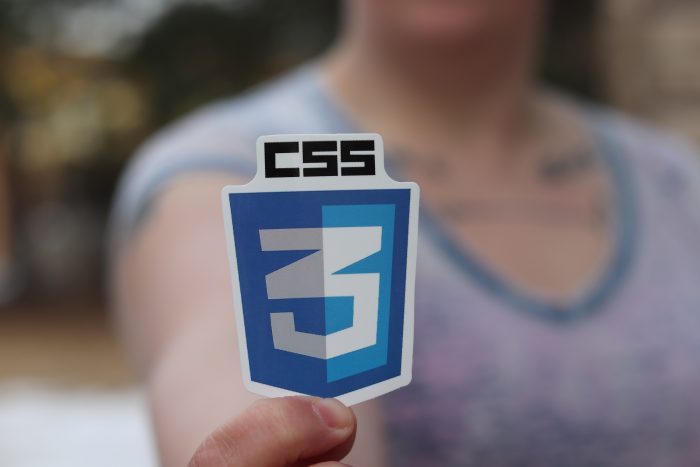The CSS language , in full “Cascading Style Sheets” is used to style and layout the content created with HTML. In addition, it allows you to control the visual appearance of a web page, including font styles, colours, layout, and more. It is a language so complete and with so many possibilities, that it even allows you to create designs and/or layouts that adapt to the different sizes of screens and/or devices that are being used.
How is it used?
Succinctly, this language works by using selectors to target specific HTML elements and apply styles to them. In other words, it’s like adding rules to certain elements to modify their state. An example of this is when we want to change the title of a page so that it becomes red. For that to happen, it is necessary to use a selector, which has the function of selecting the HTML element that is going to be modified. Within the selector, you must define the respective properties and values to assign.
Implementation of the CSS language
When you are in the process of learning it is important to know some types of implementation of this language, such as:
- Inline CSS: This method is used when applying styles directly to individual HTML elements through the “style” attribute. This is very useful for making quick changes to specific elements, but can become cumbersome for larger pages with many styles.
- Internal CSS: In this case, the CSS code is embedded directly into the HTML document using the <style> tag. This method is used for smaller pages where you have few styles, but can get tricky for larger projects.
- External CSS: This is used when you create a separate CSS file and then hyperlink it from the HTML file using the <link> tag, thus connecting the two files. This is the recommended way to style web pages, as it allows the HTML and CSS languages to be kept separate, making it easier to manage and update the respective styles.
Key points about CSS:
- It’s essential for website design: it allows developers to create visually appealing websites that are easy to read and navigate..
- It’s flexible: It makes it possible to customize almost every aspect of a website’s appearance, from fonts and colors to spacing and layout.
- It’s responsive: It can be used to create responsive designs that adapt to different screen sizes and devices, making web pages more accessible, which is something very important for exposing content to audiences.
- It can improve website performance: By optimizing CSS stylesheets for faster website loading, developers can thus improve user experience (UX).
Together, HTML and CSS provide the structure, design, and layout for websites and webapps. Having knowledge of them becomes a core skill for anyone looking to build and design websites, whether you are a beginner or an experienced web developer. If you want greater interactivity with content or want to assign specific and more complex functions, you may need to use the JavaScript language.
